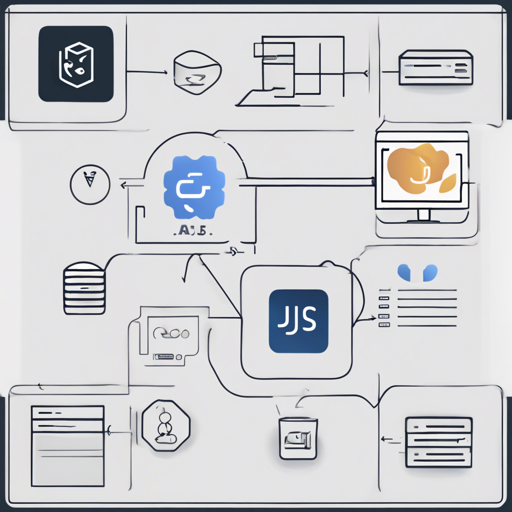In this article, we will walk through the process of creating a CRUD (Create, Read, Update, Delete) application using Node.js, Express, and PostgreSQL. This application will allow you to manage tutorials through various RESTful APIs.
Overview of the REST APIs
We’ll be implementing several APIs to manage our tutorials database, which allows for actions such as creating, retrieving, updating, and deleting tutorials. Below are the endpoints we’ll be using:
- GET
/api/tutorials– Retrieve all tutorials - GET
/api/tutorials/:id– Retrieve tutorial by ID - POST
/api/tutorials– Create a new tutorial - PUT
/api/tutorials/:id– Update tutorial by ID - DELETE
/api/tutorials/:id– Delete tutorial by ID - DELETE
/api/tutorials– Delete all tutorials - GET
/api/tutorials/published– Retrieve all published tutorials - GET
/api/tutorials?title=[kw]– Find tutorials by title keyword
Setting Up the Project
To get started, let’s set up our project using npm:
npm installNext, you’ll run the server using the command:
node server.jsTesting the APIs
We recommend using Postman to test the APIs after running your application. Below are examples of how to use the APIs:
Creating a New Tutorial
Use the POST request to create a new tutorial:
POST /api/tutorialsRetrieving All Tutorials
Retrieve all tutorials with a GET request:
GET /api/tutorialsUpdating a Tutorial
To update a tutorial, use PUT with the tutorial’s ID:
PUT /api/tutorials/:idDeleting a Tutorial
For deleting a tutorial, the DELETE request is used:
DELETE /api/tutorials/:idViewing the Tutorials in PostgreSQL
To check your records directly in PostgreSQL, you can execute the following command:
SELECT * FROM tutorials;Understanding the Code with an Analogy
Imagine you are the owner of a library. In this library, the books represent tutorials. When a visitor comes in and wants to create a new book, you write it down on an index card (this is akin to a POST request). Each book has a name (title) and some details (description).
When someone wants to see all the books, they simply ask for the list, and you provide it (similar to a GET request). If a visitor wants to make edits to a book, you find the index card and change the details (like a PUT request).
Should a book be removed completely? You simply take it off the shelf and discard the index card (represents a DELETE request). Finally, you can filter the index cards by certain keywords, just like querying for tutorials that contain specific titles.
Troubleshooting
If you encounter issues while running your application or testing APIs, consider the following:
- Ensure that PostgreSQL is running and you have correctly set up the database.
- Check for any typos in your API requests or endpoints.
- Examine the server console for any error messages that can provide insight into issues.
- If Postman is not showing expected results, try clearing the cache or resetting the session.
For more insights, updates, or to collaborate on AI development projects, stay connected with fxis.ai.
Conclusion
By following the above steps, you have now built a complete Node.js PostgreSQL CRUD application with Express REST APIs. This foundation can be easily expanded with additional features or integrated into a larger web application.
At fxis.ai, we believe that such advancements are crucial for the future of AI, as they enable more comprehensive and effective solutions. Our team is continually exploring new methodologies to push the envelope in artificial intelligence, ensuring that our clients benefit from the latest technological innovations.

